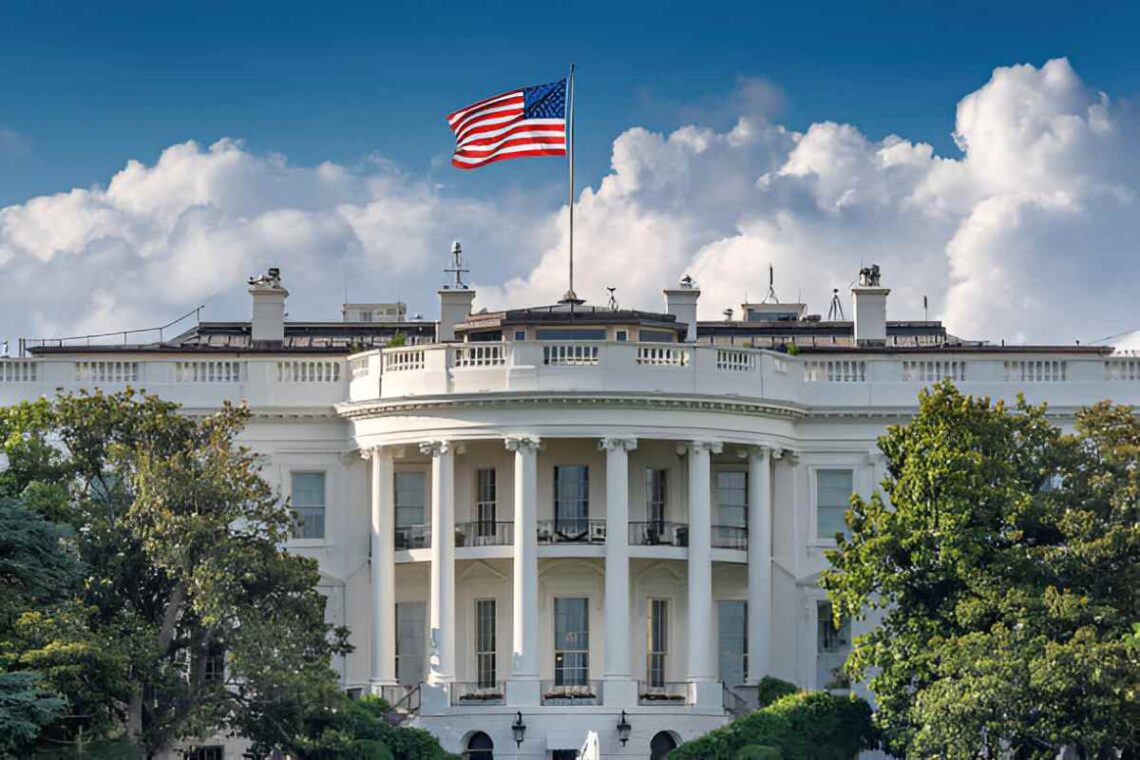What Presidents Were Assassinated – Throughout the history of the United States, the country has seen the tragic assassination of four sitting presidents. Each event left an indelible mark on the nation’s history and had far-reaching consequences. This article explores the stories of Abraham Lincoln, James A. Garfield, William McKinley, and John F. Kennedy, examining the circumstances surrounding their assassinations and their impact on the nation.
Abraham Lincoln (16th President)
Assassinated on April 14, 1865
Abraham Lincoln, the 16th President of the United States, led the nation through its Civil War and worked tirelessly to end slavery. On the evening of April 14, 1865, just days after the end of the Civil War, Lincoln was shot by John Wilkes Booth, a Confederate sympathizer, at Ford’s Theatre in Washington, D.C. Lincoln succumbed to his injuries the following day, April 15, 1865.
Lincoln’s assassination shocked the nation. His death came at a crucial time when the country was beginning to heal from the wounds of war. His leadership and vision for a united America were suddenly gone, leaving a vacuum in a time of great need. The Reconstruction era that followed saw significant challenges as the nation struggled to rebuild and integrate the Southern states back into the Union.
James A. Garfield (20th President)
Assassinated on July 2, 1881
James A. Garfield had served as President for only a few months before his life was cut short. On July 2, 1881, Garfield was shot by Charles J. Guiteau, a disgruntled office seeker, at the Baltimore and Potomac Railroad Station in Washington, D.C. Garfield did not die immediately; he suffered for 80 days before succumbing to infections caused by his wounds on September 19, 1881.
Garfield’s assassination highlighted the problems within the patronage system, where government jobs were awarded based on political connections rather than merit. Meanwhile, His death led to a public outcry for reform, resulting in the Pendleton Civil Service Reform Act of 1883, which established that government positions should be awarded based on merit and competitive exams.
William McKinley (25th President)
Assassinated on September 6, 1901
William McKinley, the 25th President, was attending the Pan-American Exposition in Buffalo, New York. When he was shot by Leon Czolgosz, an anarchist, on September 6, 1901. Despite initial signs of recovery, McKinley developed gangrene caused by his wounds and died on September 14, 1901.
McKinley’s assassination brought Theodore Roosevelt to the presidency, marking a significant shift in American politics. Roosevelt’s dynamic leadership and progressive policies set the stage for major reforms in the early 20th century. McKinley’s death also intensified the fight against anarchism, leading to stricter laws and measures to prevent such extremist acts.
John F. Kennedy (35th President)
Assassinated on November 22, 1963
John F. Kennedy, the charismatic 35th President, was assassinated on November 22, 1963, while riding in a motorcade in Dallas, Texas. Lee Harvey Oswald was arrested for the crime, but he was killed by nightclub owner Jack Ruby before he could stand trial. Moreover, Kennedy’s assassination remains one of the most scrutinized events in American history, spawning numerous conspiracy theories and investigations.
Kennedy’s death was a profound national tragedy, bringing an abrupt end to his vision of a “New Frontier.” His assassination had a lasting impact on American politics and society, leading to increased security measures for the President and other government officials. The event also marked the beginning of a tumultuous period in American history, characterized by the Civil Rights Movement, the Vietnam War, and a growing distrust in government.
Conclusion
However, The assassinations of Abraham Lincoln, James A. Garfield, William McKinley, and John F. Kennedy were profound events that deeply affected the United States. Each assassination not only took the life of a leader but also catalyzed significant changes in American society and governance. These tragic moments in history serve as a reminder of the fragility of leadership and the enduring resilience of a nation in the face of adversity.

